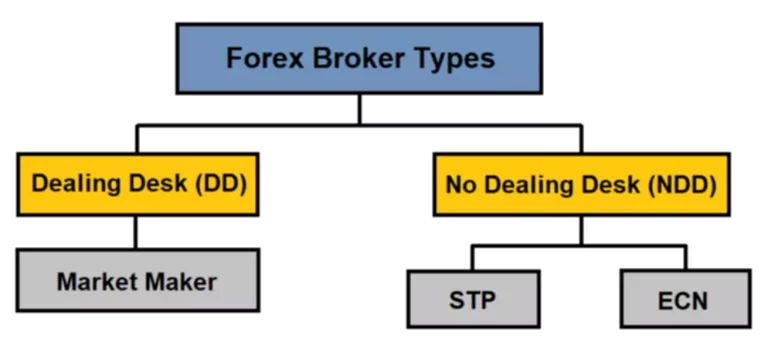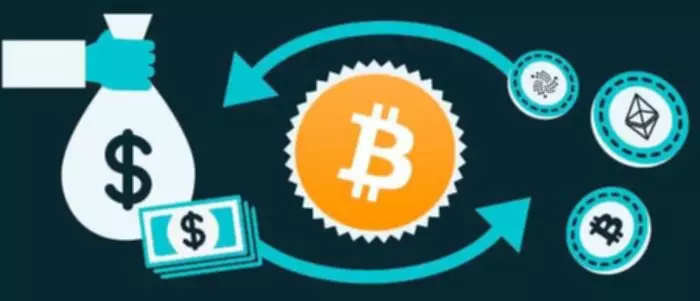Elements corresponding to market orders, limit orders, and cease orders come into play—each with its personal implications for the way your trading orders are fulfilled. Consequently, understanding how execution works not solely will increase your probabilities of success but additionally equips you with the knowledge to mitigate potential pitfalls. Simulation instruments could be a useful way to assess the influence of your orders on the market. Another consideration entails partial fills, which happen when solely a part of an order is executed, probably resulting in execution at different costs and complicating trade administration. For over-the-counter markets such as the Nasdaq, your broker can direct your trade to the market maker in command of the inventory you wish to buy or promote.
Explore the definitions under to improve your understanding of order execution and make your trading course of smoother and more efficient. Moreover, you’ll discover explanations of advanced ideas like High-Frequency Trading (HFT), Execution Quality, and Commerce Execution Algorithms. Figuring Out how these systems work will assist you to confidently engage in constructing and optimizing your trading methods for higher outcomes.
Understanding Order Types And Execution In Monetary Markets
In this section, we are going to focus on the key parts of growing algorithmic buying and selling strategies that optimize order execution. Understanding these variations aids brokerage companies and traders in deciding on acceptable order sorts for every market. This information enhances commerce execution velocity, optimizes trading strategies, and reduces execution dangers, especially when navigating completely different market conditions. Order varieties instantly impression trade execution velocity and worth by figuring out how and when a commerce is processed. Different order types have varying priorities, which affect the time and value to complete a transaction.
The significance and impact order execution is dependent upon https://www.xcritical.in/ the circumstances, in particular the type of order you submit. For example, in case you are inserting a restrict order, your solely threat is the order may not fill. If you would possibly be inserting a market order, speed and worth execution turns into more and more important. As you can see, your broker has totally different motives for steering orders to specific places. Obviously, they may be extra inclined to internalize an order to revenue on the unfold or ship an order to a regional change or keen third market maker and receive fee for order move. Nevertheless, as we discover under, we will see some of the safeguards in place to restrict any unscrupulous broker exercise when executing trades.

Sensible Order Routing is used by extra advanced or institutional-grade platforms to search out the most effective execution path across multiple venues. LTD., 531 Higher Cross avenue Understanding Order Execution #02-11, Hong Lim Complex, Singapore (050531)Rinkost Markets Inc. Bridge Execution Velocity is 1ms, together with LP.MT5 Execution Velocity is lower than 5ms, including LP.MT5 Highload speed is 750 orders per second, together with LP.
- This becomes particularly necessary when considering the execution risks that will come up, especially in dynamic or fast-moving markets.
- Nonetheless, when there’s low liquidity, orders can take longer to execute, and the market value can be affected by the order.
- For example, buying and selling throughout high quantity durations can increase volatility and slippage, while trading throughout low quantity periods may end up in wider bid-ask spreads.
- A deep market signifies high liquidity, while a shallow market indicates low liquidity.
Internalization happens when the dealer decides to fill your order from the inventory of stocks your brokerage agency owns. This kind Proof of personhood of execution is accompanied by your broker’s agency making additional money on the unfold. Good for Day (GFD) is an order kind that remains lively solely during the buying and selling day on which it is positioned. Regulatory frameworks, including Rule 606 of the SEC within the Usa and MiFID II in Europe, mandate detailed reporting and oversight of order routing strategies.
Components Influencing Execution Pathways

A dealer may present the execution at a greater worth than the general public quotes, however that broker should report the details of those higher costs. As an algorithmic dealer, one of the most crucial features of your job is to evaluate the impression of your orders available on the market. Each order you place has the potential to affect the market, and it is your accountability to ensure that your orders do not cause any important disruptions or distortions.
Slippage is a common incidence in algorithmic buying and selling, and it can have a significant influence on your buying and selling technique if not managed correctly. Understanding the components that affect slippage and using strategies to reduce it could help reduce the impression on your trading strategy. It is necessary to factor in slippage when creating your trading strategy and to regulate your technique accordingly. Assessing market conditions is crucial to determine the influence of your orders in the marketplace. Market situations can differ depending on numerous elements, such because the time of day, the quantity of trading, and the prevailing financial situations.

One Other key factor to suppose about when optimizing your buying and selling infrastructure is proximity to exchanges. The nearer your infrastructure is to the trade, the lower the latency will be. This means that you could be want to think about colocating your servers in an information middle near the trade, or using a low-latency community provider to connect to the exchange. Iceberg orders are massive orders which are split into smaller orders to cover the true dimension of the order. These orders are used to keep away from impacting the market and to forestall different traders from front-running the order. Iceberg orders are suitable for traders who want to execute giant orders without impacting the market.
Non-compliance with these rules can result in important penalties, authorized actions, and reputational harm. Due To This Fact, brokerages and buying and selling companies must continuously adapt their order routing practices to adhere to evolving legal standards, maintaining trust within the financial system. Working orders, however, aren’t executed till their predefined situations are met (e.g. amount of property when price is reached). These frameworks goal to attenuate conflicts of curiosity and ensure that order routing practices are transparent. For merchants, the process starts once they place an order via their broker’s client terminal.
Minimizing Slippage And Its Influence On Your Buying And Selling Technique
Brokers must adjust to guidelines corresponding to greatest execution obligations, guaranteeing they search optimum outcomes for clients. Consequently, their routing algorithms incorporate compliance components alongside market data. In essence, broker-dealer techniques underpin the whole process of order routing and execution pathways, shaping how market participants work together and commerce. Their design and functionality are integral to attaining environment friendly, truthful, and well timed market transactions. Broker-dealer methods act as intermediaries, amassing orders and determining the pathways for order execution.
